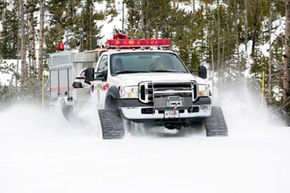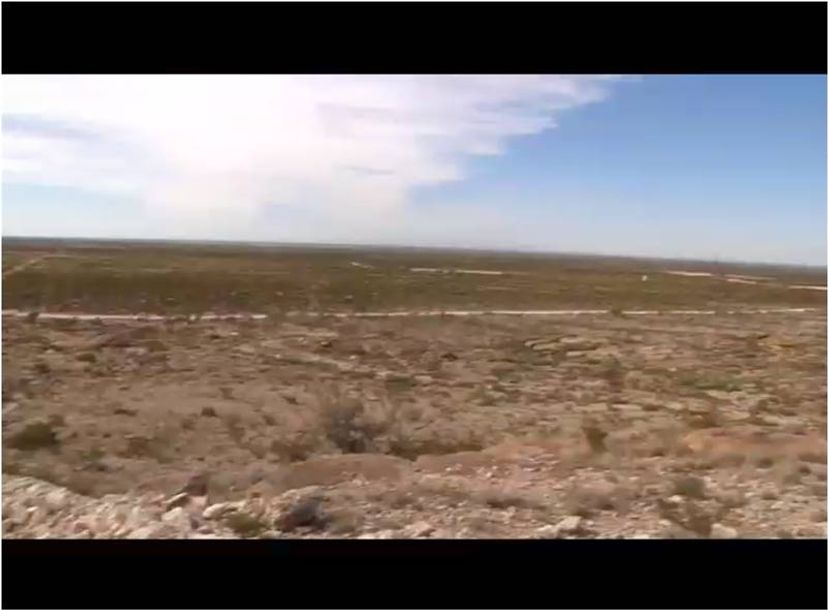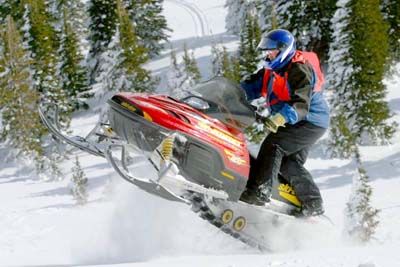For many truck owners, an automobile isn't just a way to get from point A to point B. It's a way to make a living -- or at least one component of it. For these drivers, extreme weather can have especially far-reaching consequences.
Weather poses an array of issues for cars and driving. Most of them are obvious, like a torrential downpour limiting visibility, or an icy hill creating traction problems for a truck hauling cargo. But it's not "just" about wheels slipping on an icy road. Weather reaches all the way under the hood. In fact, NASCAR teams (it doesn't get much more serious than NASCAR when it comes to "under the hood") test and tune their cars in different climates in order to avoid any weather-related surprises on race day [source: Union-Tribune]. There's even a way to mechanically supply air at a certain temperature, pressure and humidity directly to the engine's air intake so NASCAR mechanics can see exactly how the car is going to respond under particular atmospheric conditions.
Advertisement
That's for racing. Trucks don't typically need to go from zero to 60 miles per hour in three seconds. But it's the same general idea. Weather affects performance. With trucks, and any type of automobile, for that matter, under-the-hood climate effects tend to come down to two main issues: start-up and overall power.
In this article, we'll find out how extreme climates affect the way cars and trucks operate. We'll look specifically at battery and engine performance in very hot and very cold weather conditions, and we'll check out what drivers can do to prepare their vehicles for extreme temperatures. No one wants to be stranded in the middle of nowhere when it's 10 below (-10 degrees F or -23 degrees C).
Likewise when it's 110 degrees F (43 degrees C): Most people associate cold weather with battery problems, but extreme heat is actually even more damaging to a truck's power source.
Advertisement





